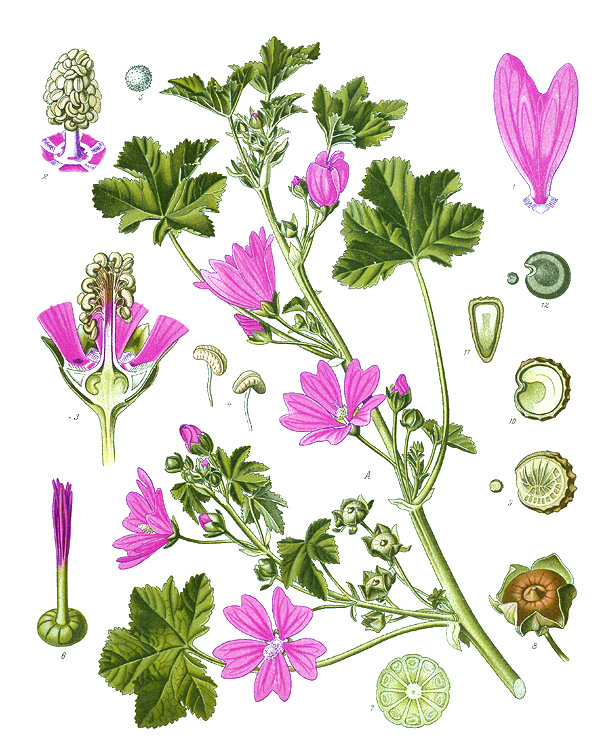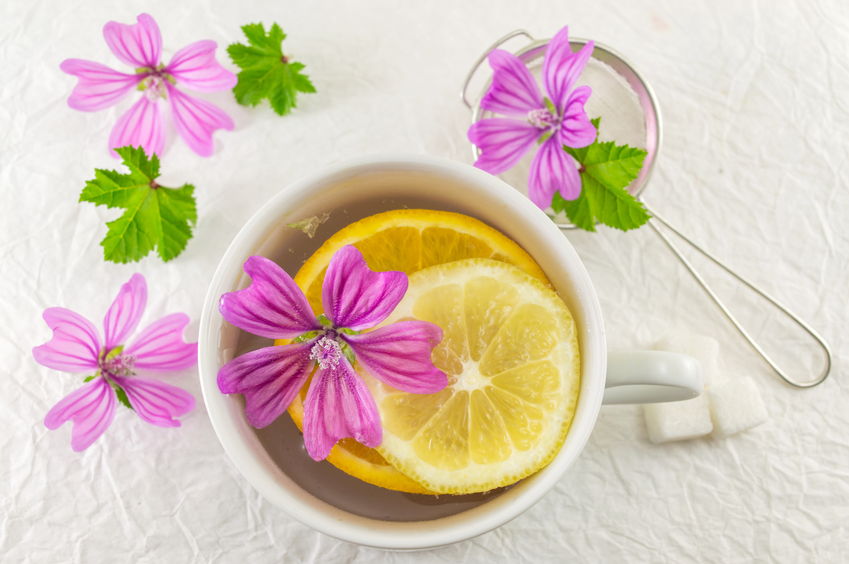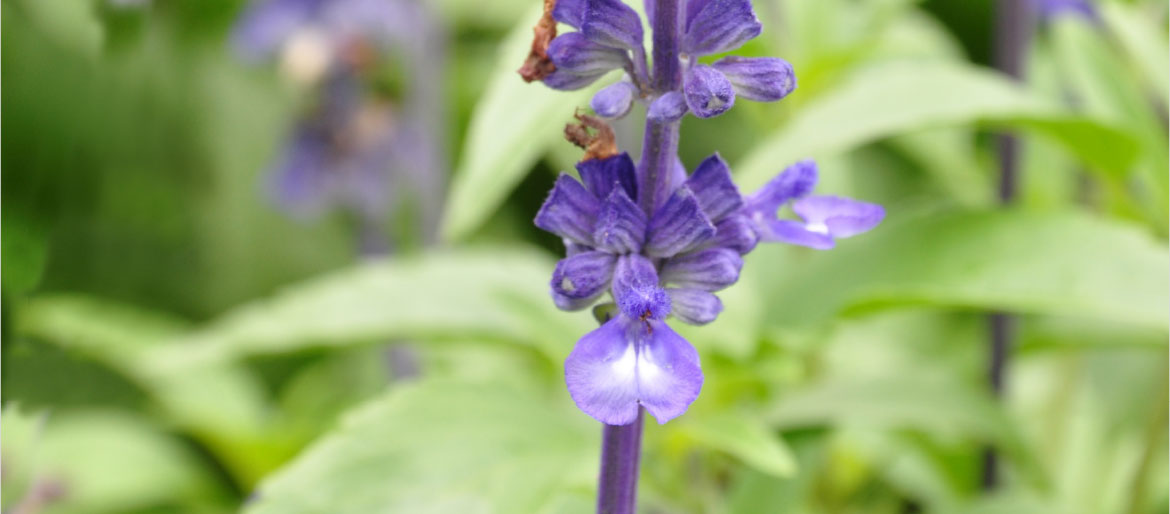Sage (Salvia officinalis)
Sage medicinal - shrub up to 50 cm, densely pubescent with grayish-green stems and leaves. Stems are numerous, branched, tetrahedral, leafy, opposite leaves, flowers are collected 6-8 in false whorls, forming on top of loose spikelet inflorescences. Homeland – The Mediterranean. All parts of the plant contain essential oil, the main component of which is cineol. In addition to essential oil, sage contains tannins and triterpene acids.

This is Interesting:
"Against the power of death grows sage in gardens..."- said the doctors of Ancient Greece, faithful in the miraculous power of sage medicinal. Actually, the very name of sage - "Salvia" - translated from ancient Greek means"health". Hippocrates, Dioscorides, Pliny and others considered sage a sacred herb and the most useful medicine. The ancient greek doctor and the poet, Strabo wrote:
"The first brow adorns the field
Sage radiant;
The smell is sweet, it works
Can be, in drink helping.
Taken by the doctor, he
Useful in many ailments".

How is it Used in Medicine:
Sage leaves are used in the form of infusion as an astringent, bactericidal and anti-inflammatory agent for rinsing the throat and mouth with catarrh of the upper respiratory tract, are part of the thoracic collection.




